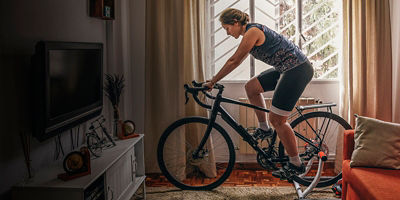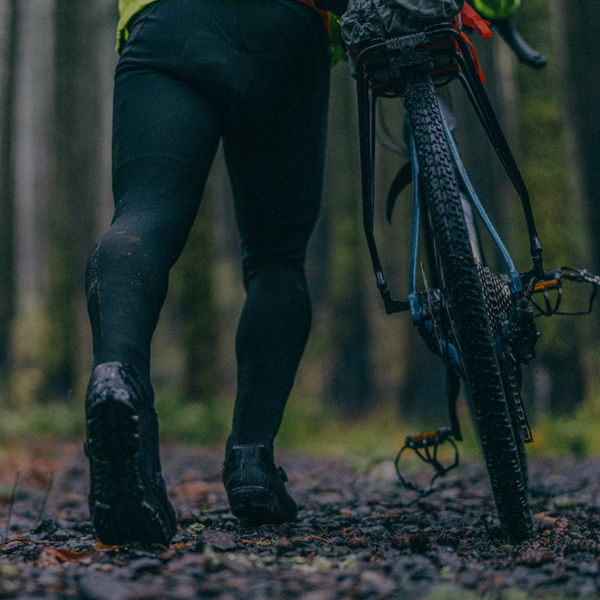
The world of road cycling can be intimidating, often unnecessarily so, as enthusiasts can go on about the number of teeth, the weight in ounces, the style of bars. For someone new to the sport, technical details can quickly overwhelm. Don’t get discouraged in your attempt to pursue the simple act of exploring your area in a new way, moving quickly under your own power, and getting a great workout without much impact on your joints.
Let’s start the simplification of road cycling with shoes: These are what attach you to the bike. Cleats on the sole clip into pedals to create a mechanical connection between foot and bike. The pedal-shoe connection allows you to exert power on the down pedal stroke as well as the up pedal stroke. A shoe that fits you well, and that serves your needs at a price you can afford, will have you enjoying yourself mile after mile. Here’s how to find the right road bike shoes.
First, Ask These Questions
Before you buy a pair of road biking shoes, try to determine how much you want to put in and get out of them.
How much money am I willing to spend?
This big one will help you select everything from shoe materials and overall weight to how you tighten them on your feet. Knowing your budget will also keep you in check as cycling apparel can quickly become expensive.
How will you use your shoes?
If you’re new to the sport, you’ll likely favor comfort and ease of use. If you’re ready to up your game, look for something more race inspired. Don’t forget usage off your bike, too. Factor if you will walk much on the journey (see: gravel/trails) or at your destination.
What is my weather?
Know what the road will look like when you’re on it. Riding in cold, wet weather requires different materials than sunny summer days.
Do I want comfort or speed?
Many shoes lie somewhere between the compromise of speed and comfort. Know what you value before you buy. A casual rider just looking to be a bit more efficient will be ill-served by an ultra-lean, unpadded, lightweight and stiff race shoe.
Type of Shoe
The right type of road biking shoe depends on the type of riding you do—and the type of rider you are.
Casual
An increasingly popular choice for riders who want to use their bike to commute or run around town for errands. These bike shoes clip in, but have a more casual look that allows you to walk around without people knowing they're riding shoes. Though resembling normal shoes or sneakers, they still have a concealed sole cleat that connects to your pedals. For folks looking to improve in the sport and move quickly these will be too casual of an option.
Traditional
The sweet spot for most road riders. Streamlined and great for a variety of uses, these shoes balance comfort and speed while shaping well to the foot. The trade-off is they often lack great traction—you’ll only want to walk on the cleat and heel in short stretches, like into a café, but certainly not on a full grocery store run.
Race
Super stiff, super light, and super expensive. Road cycling race shoes are best only for the most enthusiastic cyclists who don't mind a bit of discomfort in pursuit of speed—and who have the money to make a purchase that makes no compromises. Supremely uncomfortable off the bike, you’ll be lucky to walk for a cup of coffee in them.
Gravel
Great for riders who are taking their bike on off-road and dirt road rides in addition to rolling across smooth asphalt. These shoes often have a lugged sole for a bit more traction but still maintain a road bike silhouette for fast pedaling. Some riders prefer this shoe type as it’s often softer, more comfortable, and easier to walk in—though they might look out of place on a sleek aero road bike.
Specialty
Usually necessary if you're doing cycling-specific events like a triathlon or a time trial. Buy these only for their intended event; otherwise they’re likely to be uncomfortable and perform poorly.











